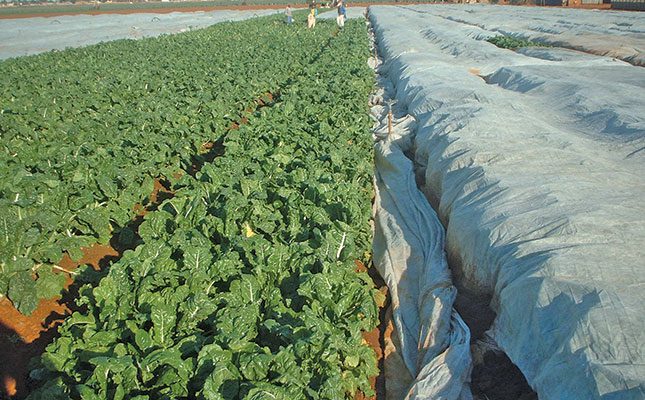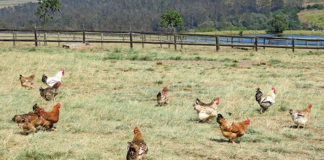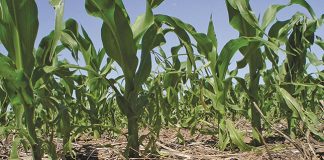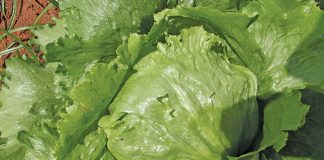
Photo: Bill Kerr
To obtain a good yield from Swiss chard, you will need to pay close attention to three key aspects: fertilisation, eelworm and frost. Let’s examine each of these in turn.
Fertilisation
Swiss chard is a leafy crop that is harvested several times. For this reason, it’s a very heavy feeder that requires plenty of fertiliser, particularly nitrogenous fertiliser (LAN).
READ Swiss chard: seeds or seedlings?
Apply LAN in good time to ensure that plant grows vigorously and the leaves stay a dark-green colour.
Bear in mind that, with Swiss chard, the following crop often doesn’t do as well as expected.
Although I have no proof, I suspect that the first crop has an allelopathic effect on the following crops. This means that it releases chemicals in the soil to suppress other crops.
Swiss chard (like beetroot) is also sensitive to low levels of boron.
Because boron availability varies according to climate and soil conditions, it’s a good idea to carry out a couple of boron sprays on the crop to ensure there is sufficient for the crop’s requirements.
In fact, you can play it safe and apply a boron spray lightly to the leaves (at a rate of 1kg/ha) even if the levels are adequate.
Boron can also be added to the soil and incorporated, but it’s difficult to apply this small amount evenly over the whole area; a foliar spray is convenient and economical.
Be sure, too, to maintain the level of potassium in the soil; this will help to ensure healthy, high-quality leaves.
Keeping the plant well fed will also lower the chances of the disease.
Eelworm
Before planting, you need to check for eelworm, which can prove devastating to the crop. Have the soil analysed for this pest and also check the roots of the previous crop.
Swiss chard attracts beet cyst eelworm (Heterodera schachtii), knot eelworm (Meloidogyne spp) and lesion nematode (Pratylenchus spp).
As mentioned, Swiss chard is typically harvested at regular intervals and will therefore take up a lot of nutrients from the soil.
The eelworm population will increase at the same time, which might affect the following crop.
For this reason, consider removing the crop as soon as the yield and quality start to deteriorate. Have the next crop ready to harvest at the same time.
Frost
On the Highveld, many areas become too cold for growing Swiss chard in winter. The crop will not die, but may develop scorched leaves or produce smaller, slow-growing leaves.
If you’re based in such an area, plant your winter crop on the warmest lands of the farm.
If this is not an option, use frost cover to protect the crop, ideally draped over wire hoops to prevent the leaves from coming into contact with the cloth.
This requires more effort and is more expensive, but will prevent the tips of the leaves from developing frost burn, which will cause the produce to be downgraded.
Harvesting
Wait for the leaves to reach full size before harvesting. Be extremely careful not to remove too many leaves at one time.
The leaves capture sunlight, which supplies the plant with energy.
If there are not enough young leaves on the plant, the regrowth will be much slower, as there is a limited amount of energy the plant can capture to stimulate regrowth.
I come across ‘overharvesting’ far too often.
Bill Kerr is a vegetable specialist and breeder.










